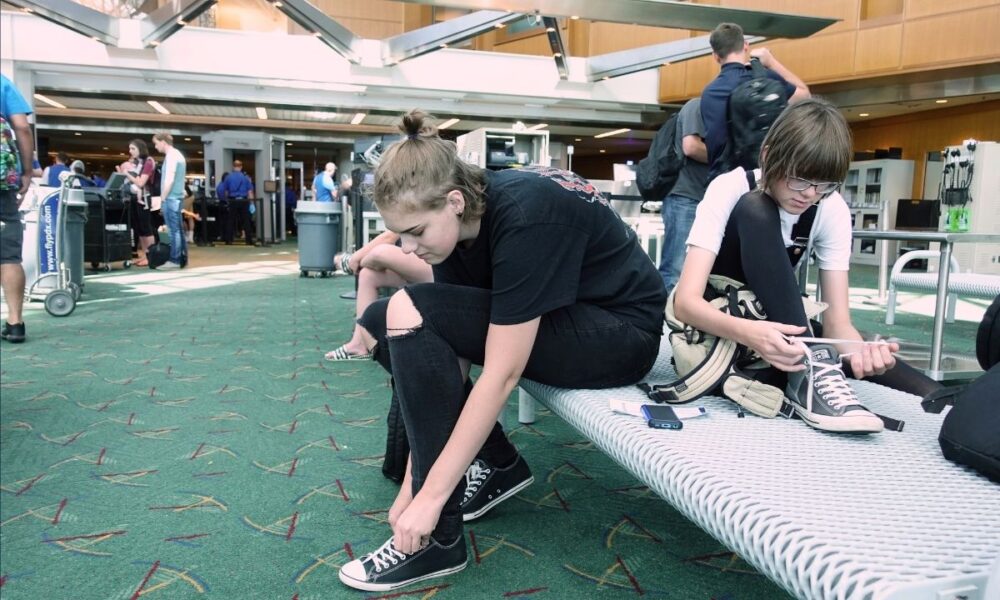The Transportation Security Administration (TSA) has announced that travelers at U.S. airports can now keep their shoes on at security checkpoints, marking the end of a rule that has defined air travel for nearly two decades.
The TSA began phasing out the shoes-off policy on Sunday, allowing passengers at many major airports to walk through security with their footwear on—a change expected to roll out nationwide in the coming weeks, according to ABC News.
This policy shift, confirmed in a memo sent to TSA officers last week, comes after years of complaints about inconvenience and a push for more efficient screening.
Removal of shoes became a requirement for air travel in 2006, five years after Richard Reid’s failed attempt to detonate explosives hidden in his shoes on a trans-Atlantic flight from Paris to Miami on December 22, 2001.
Although the TSA has not officially confirmed the shift in policy, a news release from the administration states that it is “exploring new and innovative ways to enhance the passenger experience and our strong security posture,” per NBC News.
This shift was first reported by former TSA Officer Caleb Harmon-Marshall, who clarified in a statement sent to The New York Times that the removal of shoes “wasn’t the case” before Reid’s attempted attack.
“They should feel relieved knowing that technology has advanced so significantly that T.S.A. officers can detect threats while wearing shoes,” he added.
One noticeable change from this policy shift comes for passengers flying with TSA Precheck, which previously gave qualified travelers an advantage by allowing them to bypass certain procedures.
“As you know, standard screening requires that you remove all items and place them on the X-ray belt for screening. With TSA PreCheck®, you are able to speed through security and don’t need to remove your shoes, laptops, liquids, belts and light jackets,” explains the TSA on its website.
Now, one of these advantages has disappeared as all passengers are allowed to keep their shoes on during the screening process.
Passengers who trigger alarms at scanners or magnetometers will likely still be required to remove their shoes for additional screening, but for most, the days of barefoot shuffling are over.


